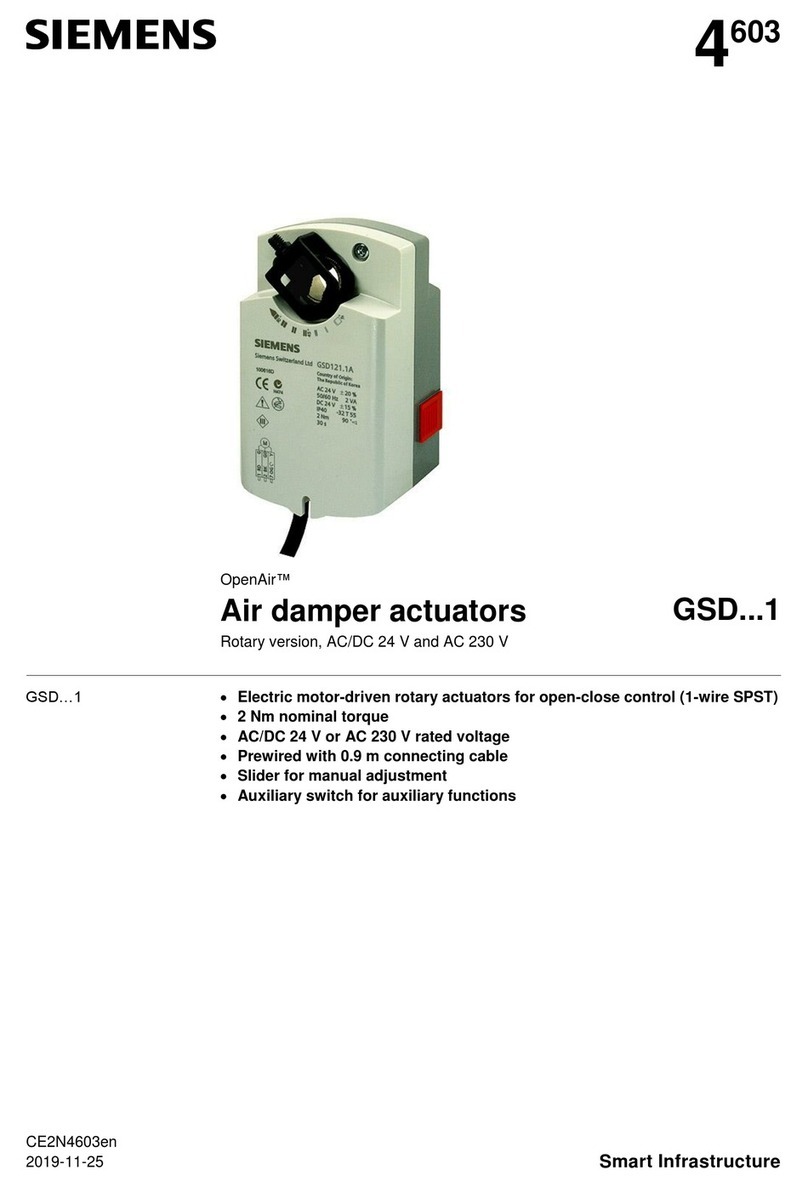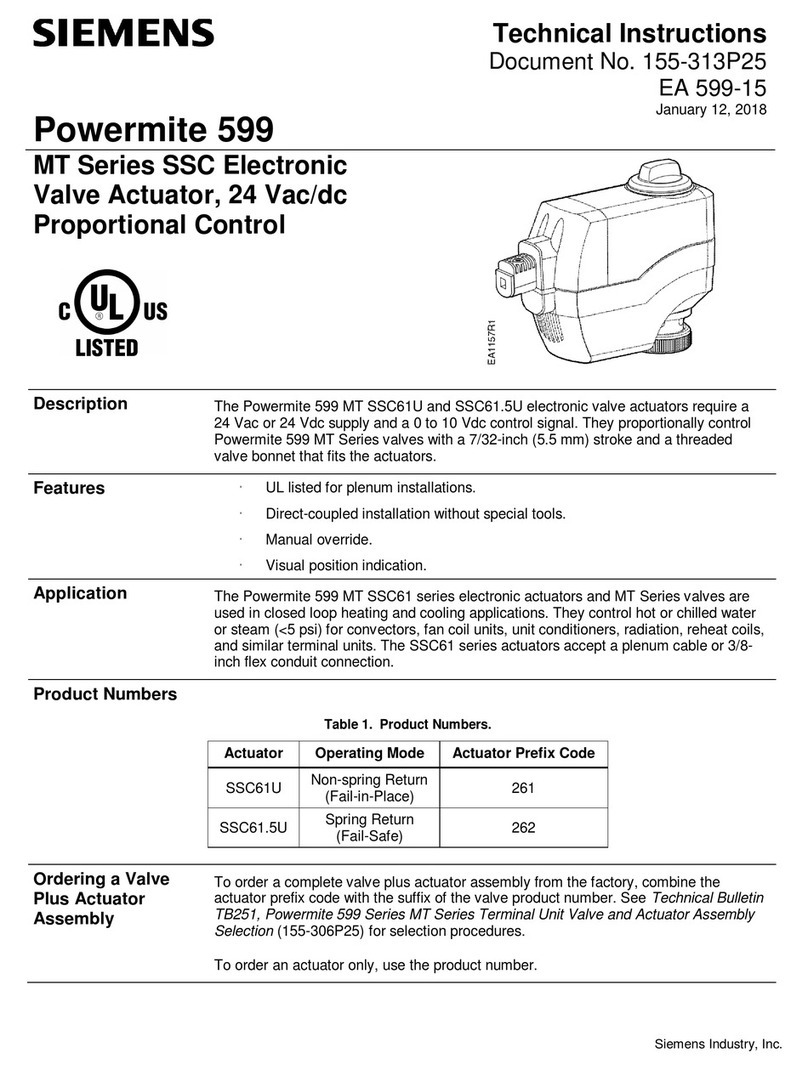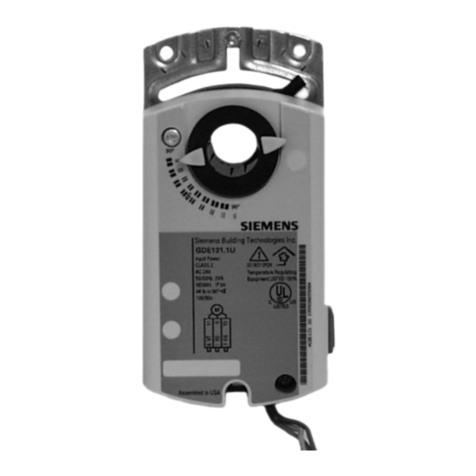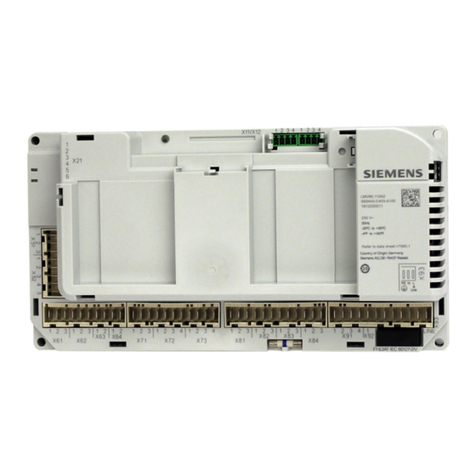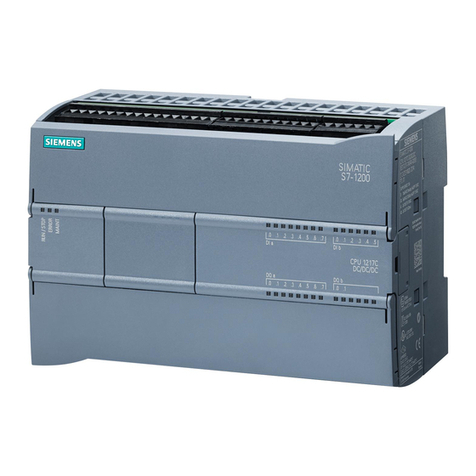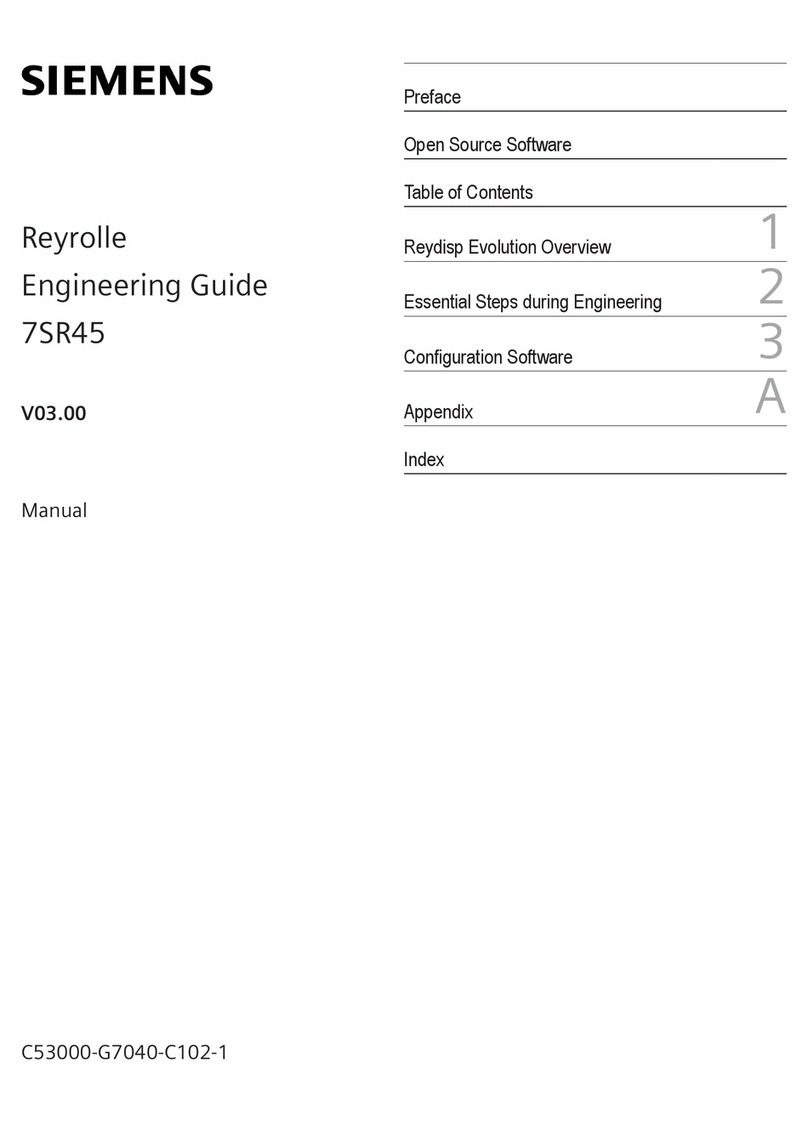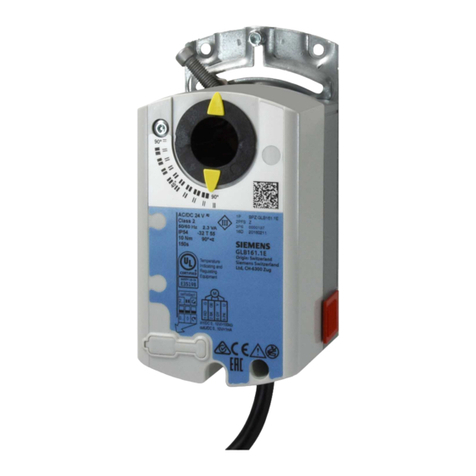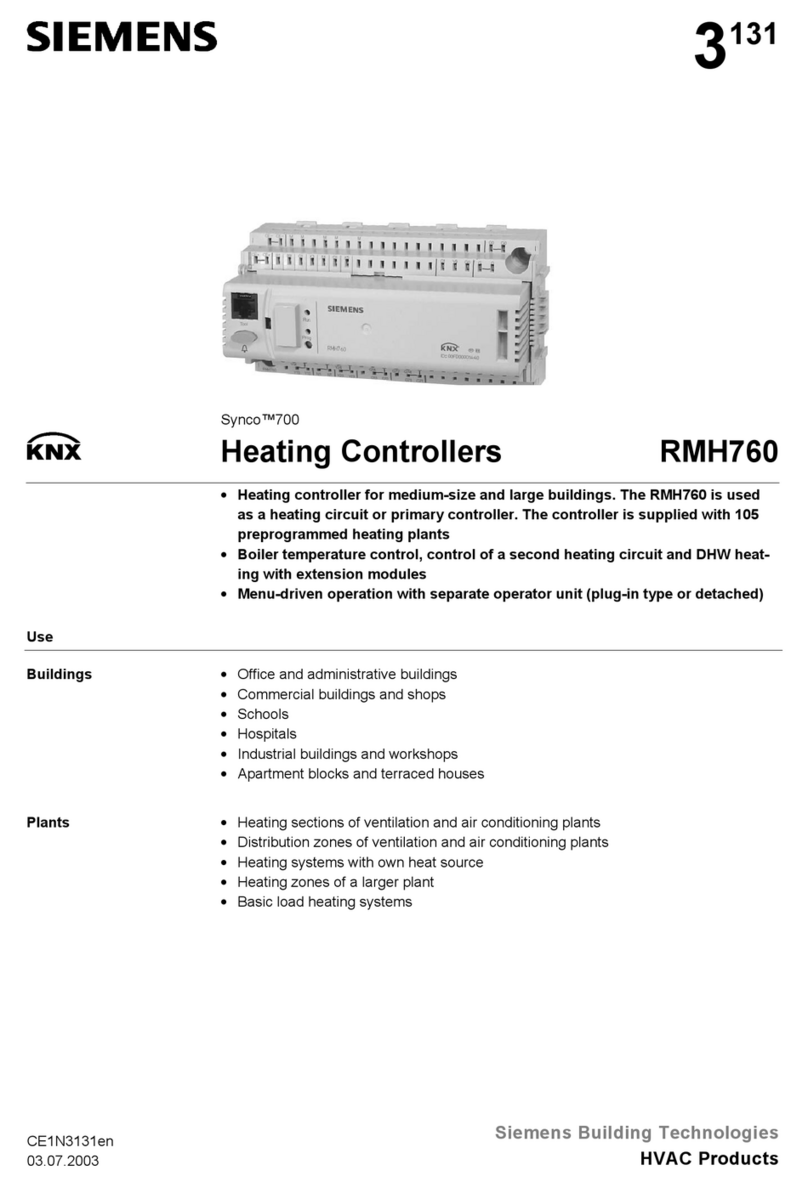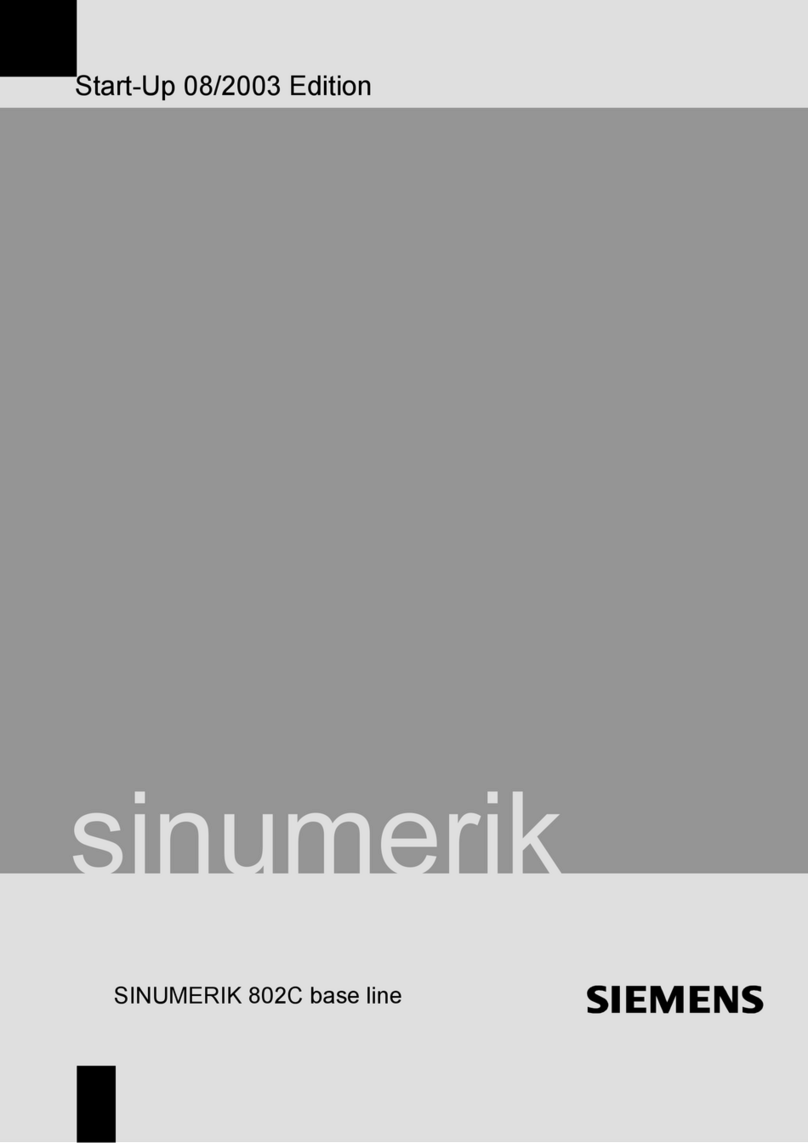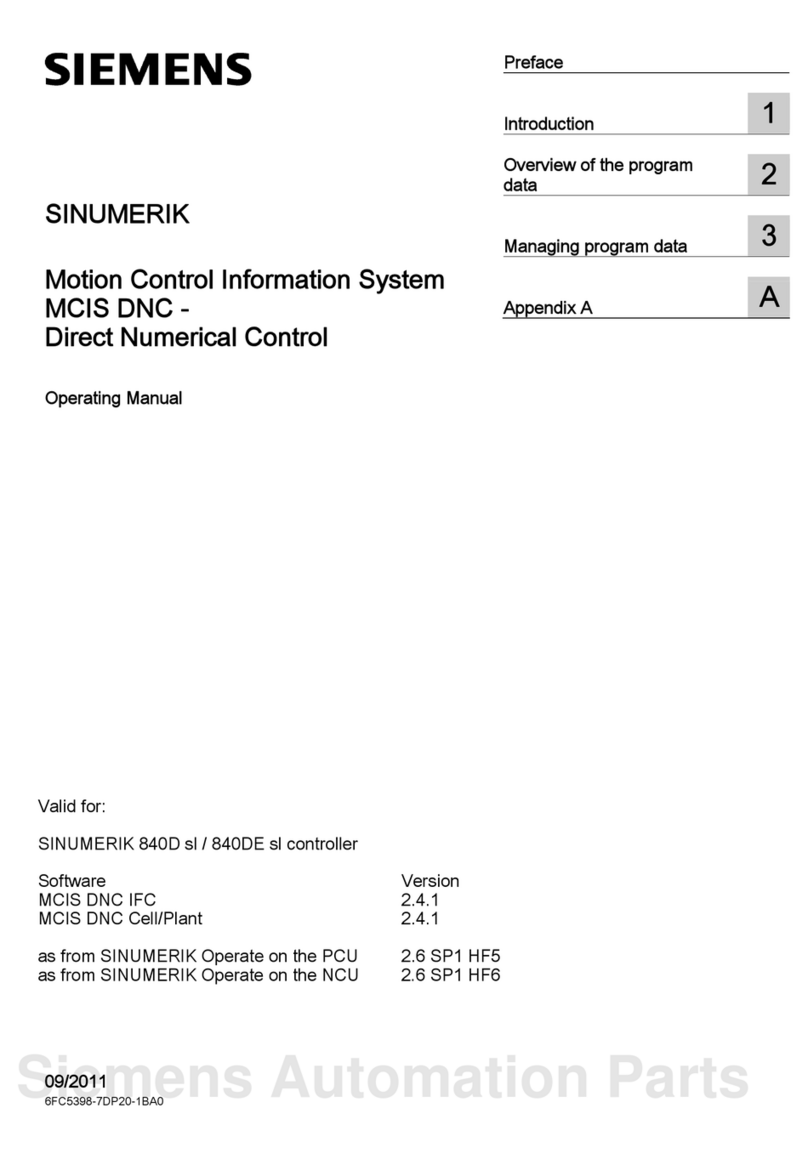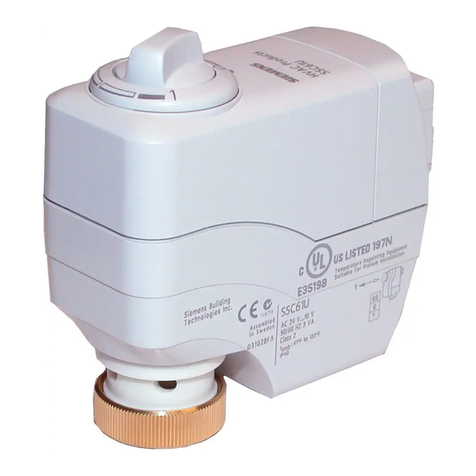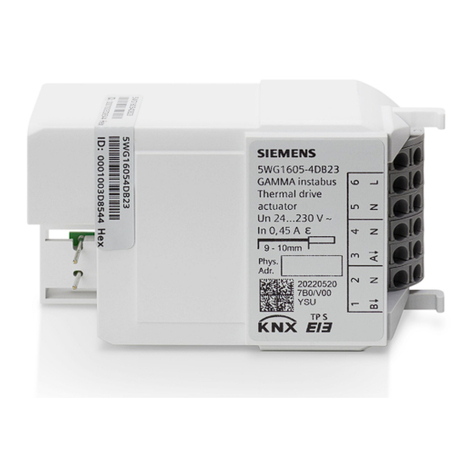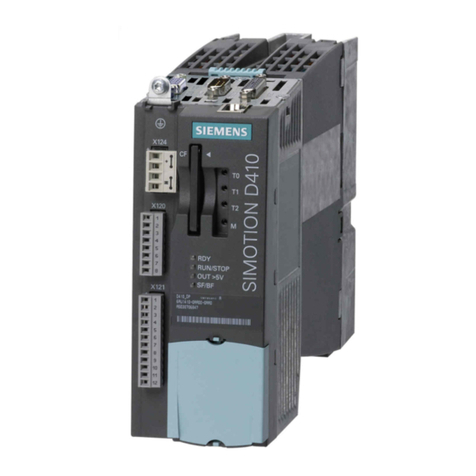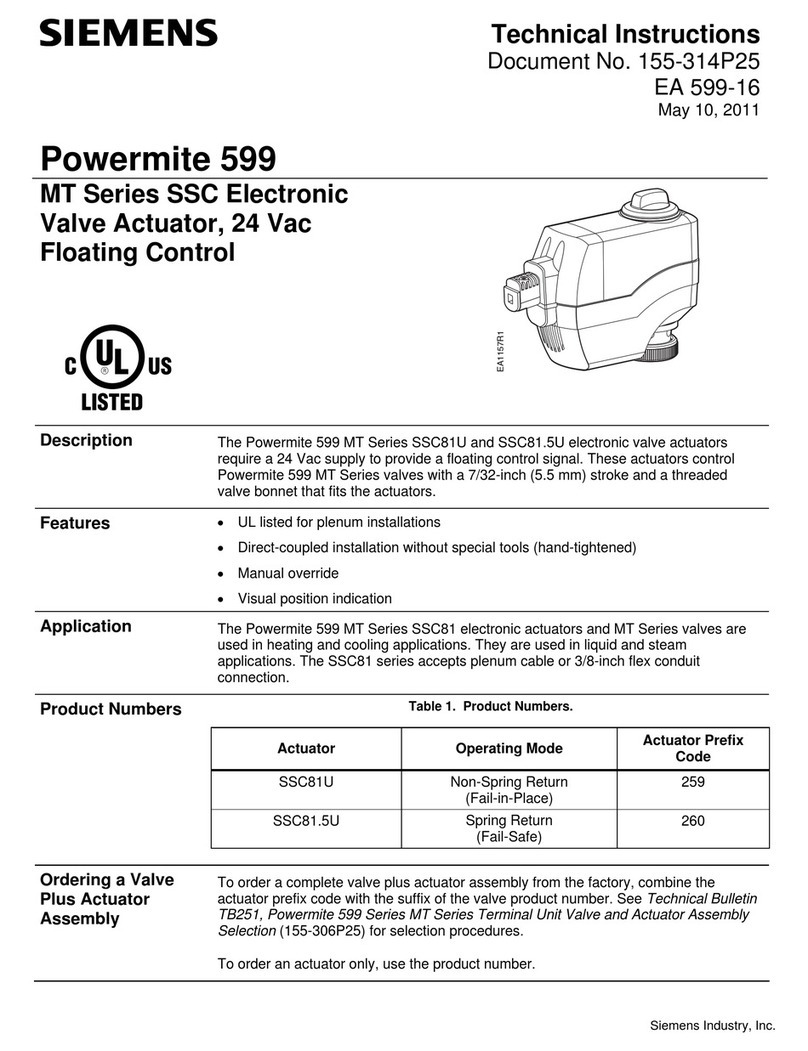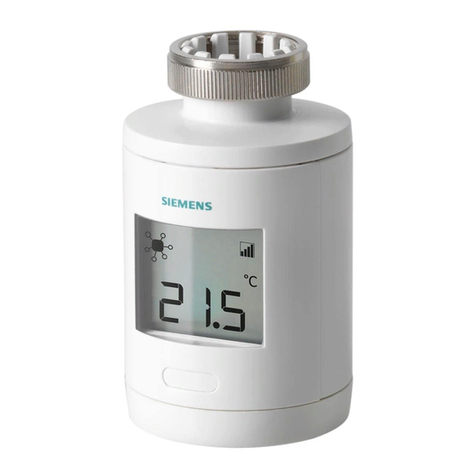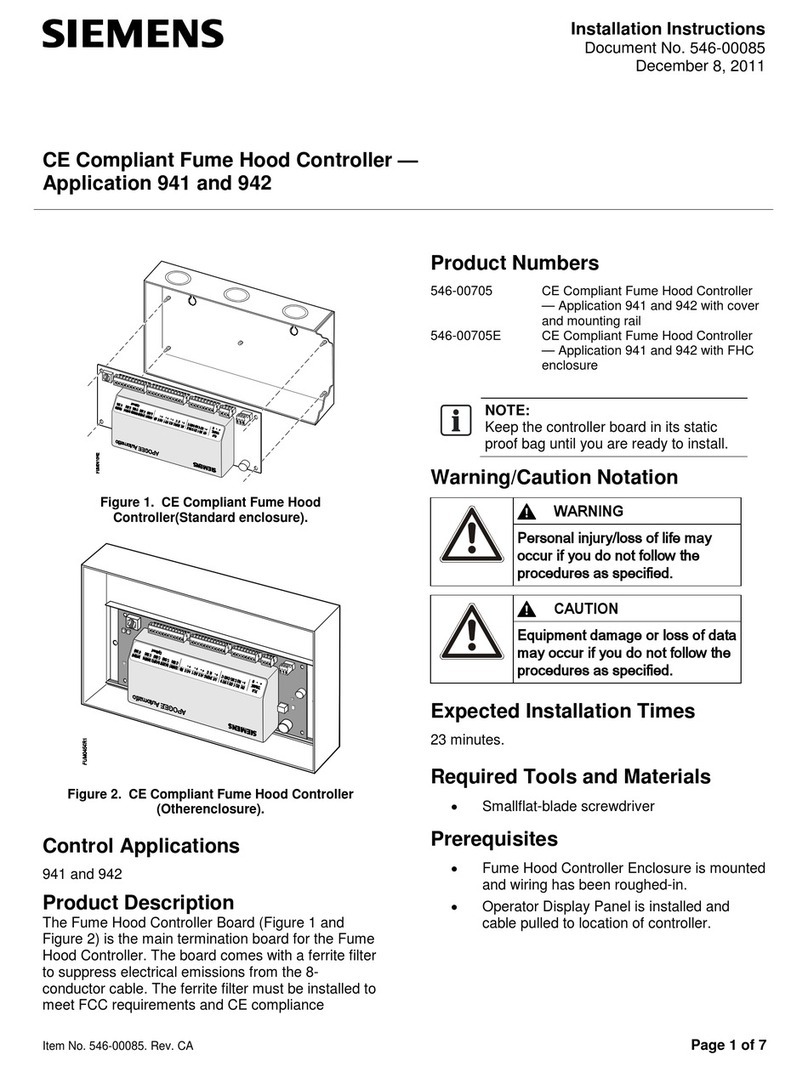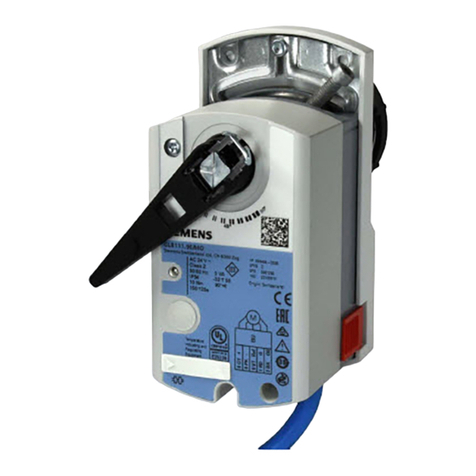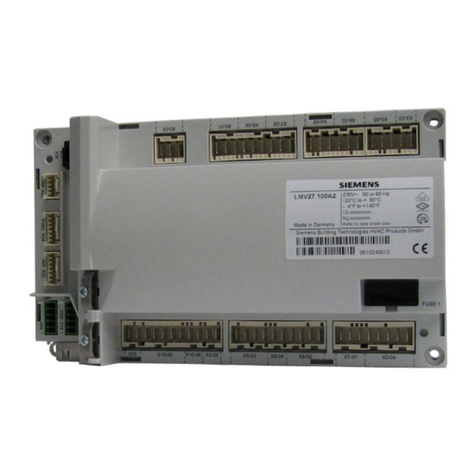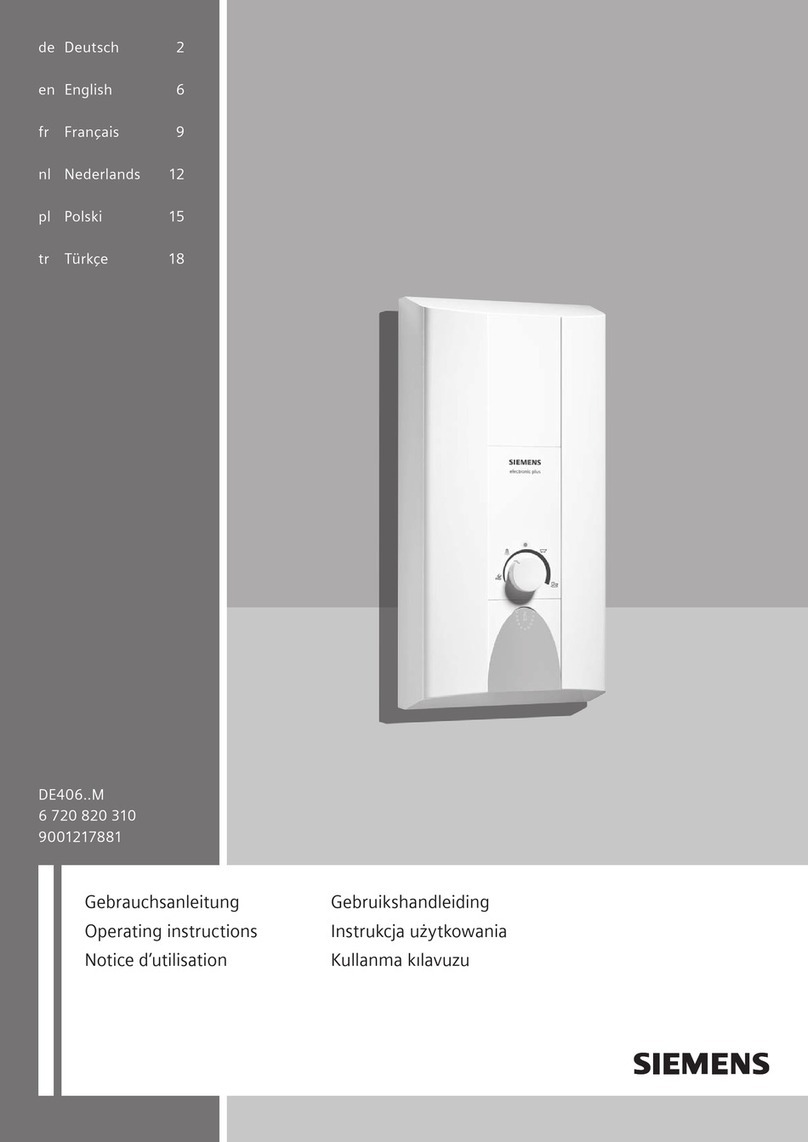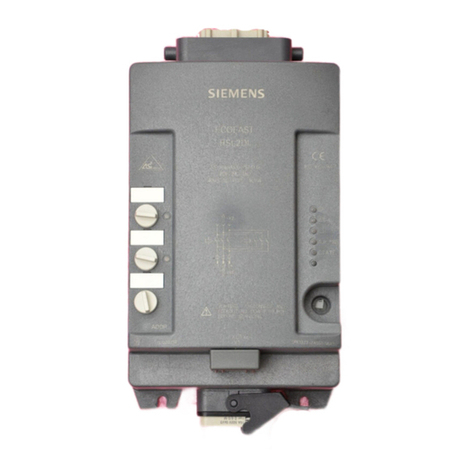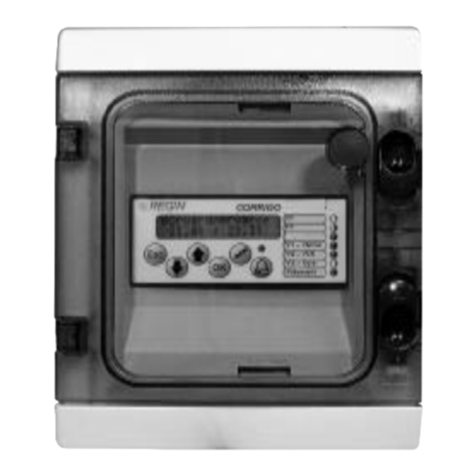
Table of contents
SINAMICS DCP
Operating Instructions, 09/2019, A5E34382853K 7
7 Operation............................................................................................................................................ 153
7.1 Operation ..............................................................................................................................153
7.1.1 Basics....................................................................................................................................153
7.1.1.1 Parameters ...........................................................................................................................153
7.1.1.2 Drive objects .........................................................................................................................156
7.1.1.3 Memory card functions..........................................................................................................158
7.1.1.4 BICO technology: Interconnecting signals............................................................................164
7.1.1.5 Data sets ...............................................................................................................................168
7.1.2 Parameter assignment via the BOP20 (Basic Operator Panel 20) ......................................171
7.1.2.1 General information on the BOP20.......................................................................................171
7.1.2.2 Display and operation with the BOP20.................................................................................175
7.1.2.3 Displaying faults and alarms.................................................................................................180
7.1.2.4 Controlling the drive using the BOP20..................................................................................181
7.2 Inputs/outputs .......................................................................................................................181
7.2.1 Overview of the inputs/outputs .............................................................................................181
7.2.2 Digital inputs/outputs.............................................................................................................181
7.2.3 Analog inputs ........................................................................................................................182
7.2.4 Analog outputs ......................................................................................................................182
7.3 Communication, IT security ..................................................................................................183
7.4 Communication according to PROFIdrive ............................................................................183
7.4.1 General Information ..............................................................................................................183
7.4.2 Application classes ...............................................................................................................187
7.4.3 Cyclic communication ...........................................................................................................187
7.4.3.1 Telegrams and process data ................................................................................................187
7.4.3.2 Description of the control word .............................................................................................191
7.4.3.3 Description of the status word ..............................................................................................192
7.4.4 Parallel operation of communication interfaces....................................................................193
7.4.5 Acyclic communication..........................................................................................................196
7.4.5.1 General information about acyclic communication ...............................................................196
7.4.5.2 Structure of orders and responses .......................................................................................198
7.4.5.3 Determining the drive object numbers ..................................................................................204
7.4.5.4 Example 1: read parameters ................................................................................................205
7.4.5.5 Example 2: write parameters (multi-parameter request) ......................................................207
7.4.6 Diagnostic channels..............................................................................................................211
7.4.6.1 PROFINET-based diagnostics..............................................................................................212
7.4.6.2 PROFIBUS-based diagnostics .............................................................................................215
7.5 Communication via PROFIBUS DP......................................................................................220
7.5.1 General information about PROFIBUS.................................................................................220
7.5.1.1 General information about PROFIBUS for SINAMICS .........................................................220
7.5.1.2 Example of a telegram structure for cyclic data transfer ......................................................222
7.5.2 PROFIBUS connection .........................................................................................................223
7.5.3 Commissioning PROFIBUS..................................................................................................225
7.5.3.1 Setting the PROFIBUS interface ..........................................................................................225
7.5.3.2 PROFIBUS interface in operation.........................................................................................226
7.5.3.3 Commissioning PROFIBUS..................................................................................................227
7.5.3.4 Diagnostics options...............................................................................................................227
7.5.3.5 SIMATIC HMI addressing .....................................................................................................227
7.5.3.6 Monitoring telegram failure ...................................................................................................229
7.5.4 Direct data exchange............................................................................................................230
7.5.4.1 Setpoint assignment in the subscriber..................................................................................232


